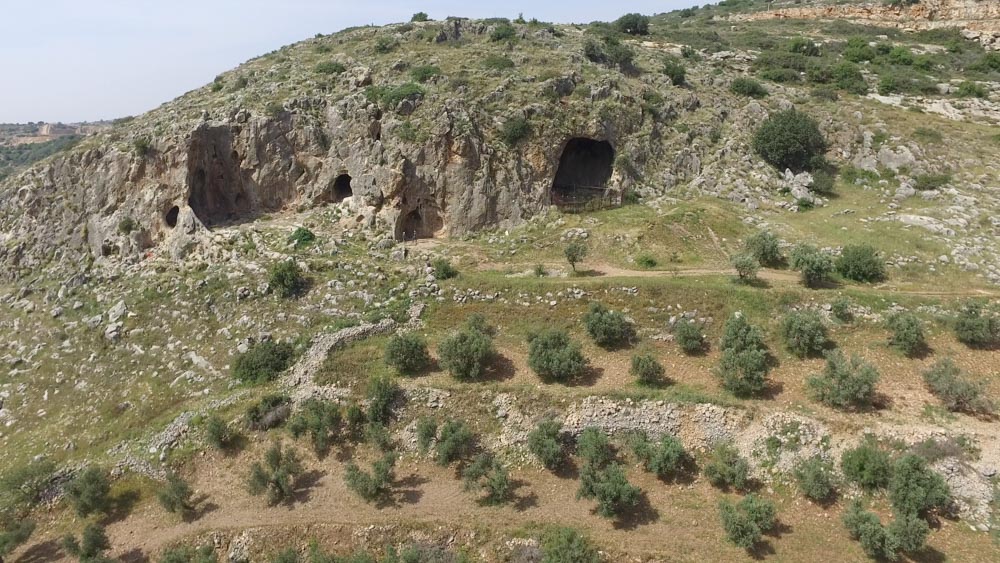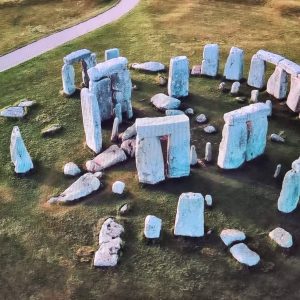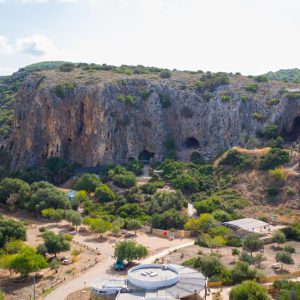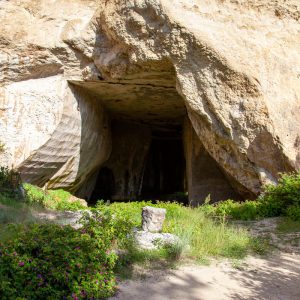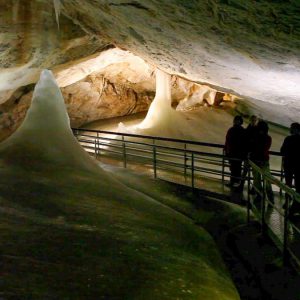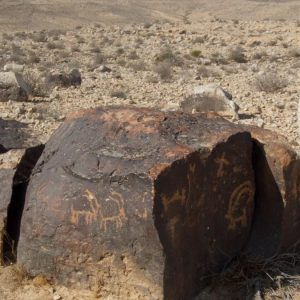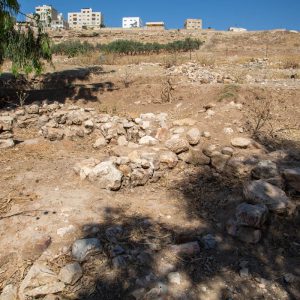The site had substantial occupation during the Middle Paleolithic Mousterian period, from 250,000 years ago to 100,000 years ago, and later, during the Neolithic period and the Natufian culture around 12,000 years ago.
The Mousterian occupation of the cave included Levallois debitage and early Middle Paleolithic blade technology, as well as a series of hearths.
In Hayonim were also found wall carvings depicting symbolic shapes and animals, such a running horse dated to between 40,000-18,500 BP, possibly to the Levantine Aurignacian circa 28,000 BP, and now visible in the Israel Museum. This is considered as the first art object found within the context of the Levantine Upper Paleolithic.
Categories Caves, Israel Prehistoric Sites, Prehistoric

